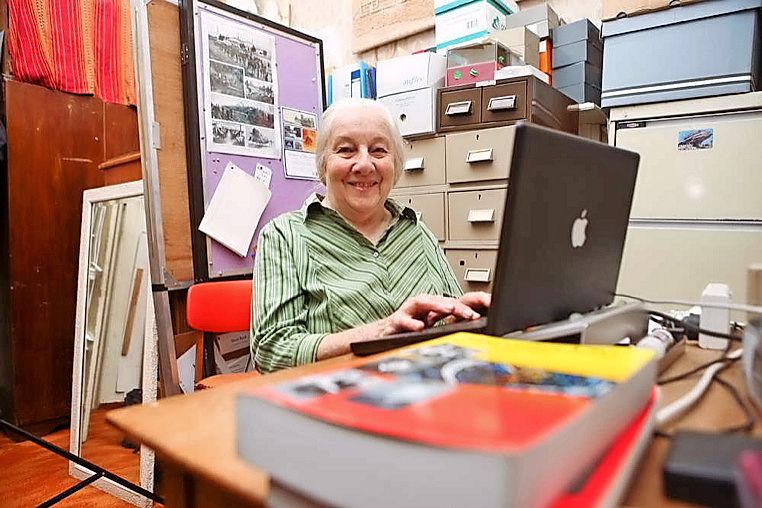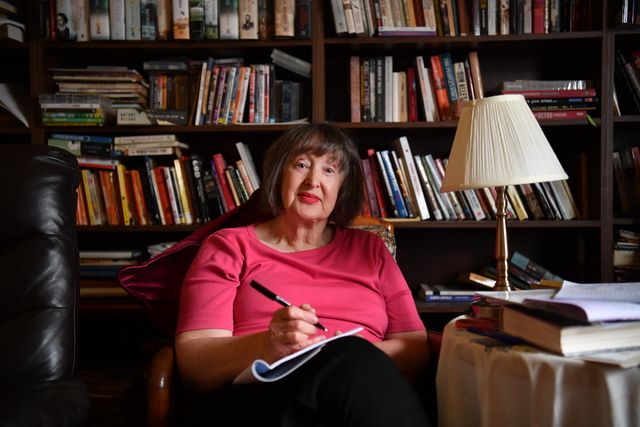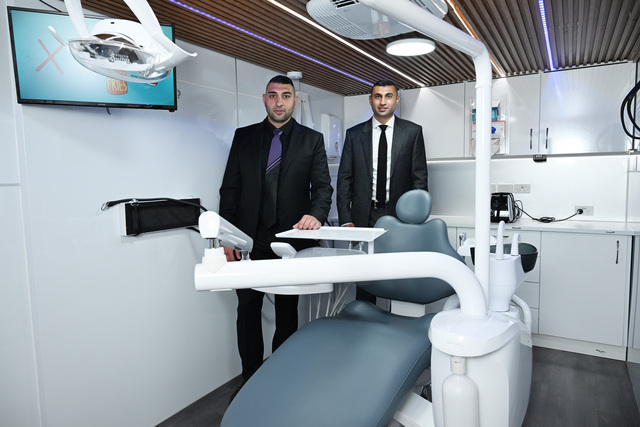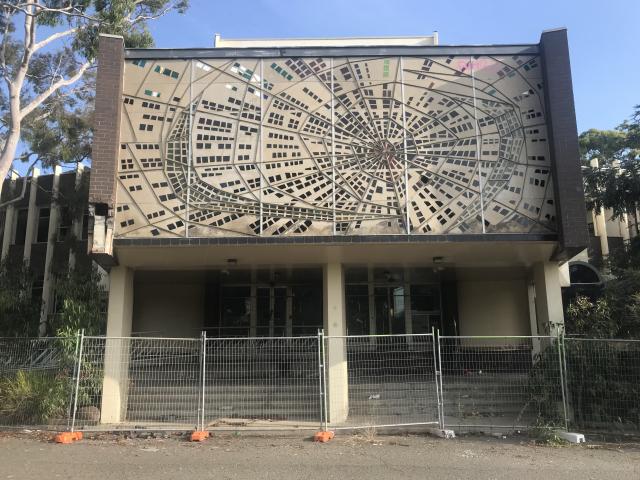British-born Olwen Ford, 78, has lived in Albion since moving to Australia with her husband, Frank, in 1960. She was inaugural director of the Living Museum of the West, Australia’s first eco-museum. She speaks to Alexandra Laskie.
You wrote and published Harvester City, the making of multicultural Sunshine 1939-1975 in 2012, you are active in Sunshine & District Historical Society and a founding member of the Friends of the Black Powder Mill. Why preserve and document the west?
I’ve always loved history, ever since I was a little girl. I grew up in the West Indies in Jamaica and I remember stories about the area. My father worked for the YMCA in Kingston in a residential hostel, mainly frequented by young men, sailors. On my mother’s side, my family had been in Guyana, now a sovereign state in South America, but a former British Colony, since the 1850s. I studied history at the London School of Economics.
Why did you move to Australia? Was that a daunting prospect at the age of 22?
Out of my family I’m the only one who moved to Australia, and that was because I met an Australian, Frank Ford, at university. We moved straight to Sunshine after we married in 1960 because Frank was a teacher and had been assigned to a school there.
Was that a daunting prospect at the age of 22?
Looking back I think it was brave. I went back to visit in 1967, 1979 and then more frequently in the 1980s and 1990s when my mother’s health was deteriorating.
You spent 14 years as director of Melbourne’s Living Museum of the West. What were your greatest achievements there?
We produced a lot of publications and put on exhibitions, and moved to Pipemakers Park in Maribyrnong. I was involved in setting up a Koori gardening team and it did some good things and trained young people, and taught them about indigenous history. I was also part of a campaign to save the historic bluestone buildings in Maribyrnong that date back to the 1870s. They were about to be zoned residential, but are now used as a visitors’ centre.
What are some of your favourite historic landmarks in the west?
What is your opinion on Victoria’s record of conservation?
There have been some really sad losses. Buildings have gone because of poor planning in the 1970s. Sunshine was a garden suburb of great significance in early town planning. More could have been done to save the ICI site (Melbourne’s first explosives factory built in the 1870s) in Deer Park.
Where do you go to unwind in Albion?
Along Kororoit Creek … I love the ancient basalt boulders and (upstream) get a strong sense that Aboriginal people once walked along these banks.
What makes Sunshine special?
I think Sunshine’s best asset is its people, of many ages, backgrounds and cultures – its multicultural diversity and its diverse history and heritage.







